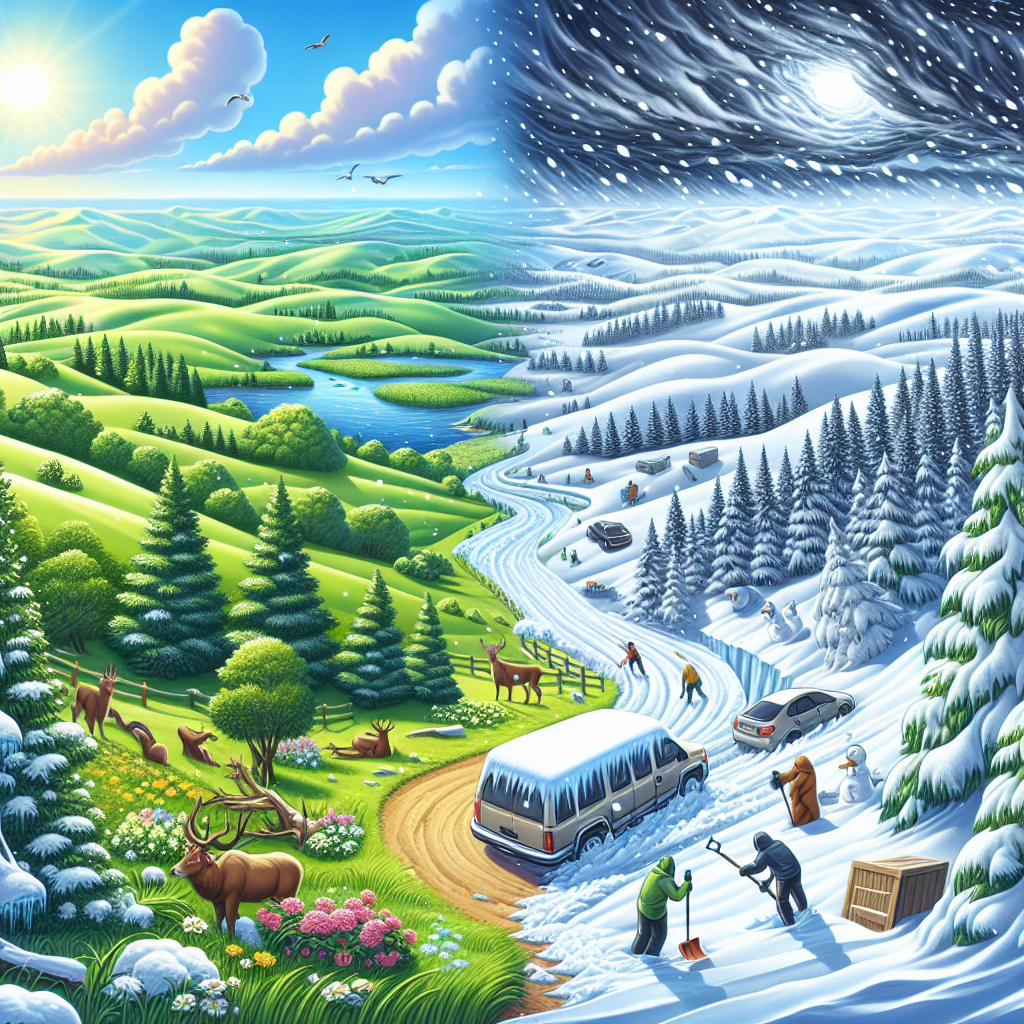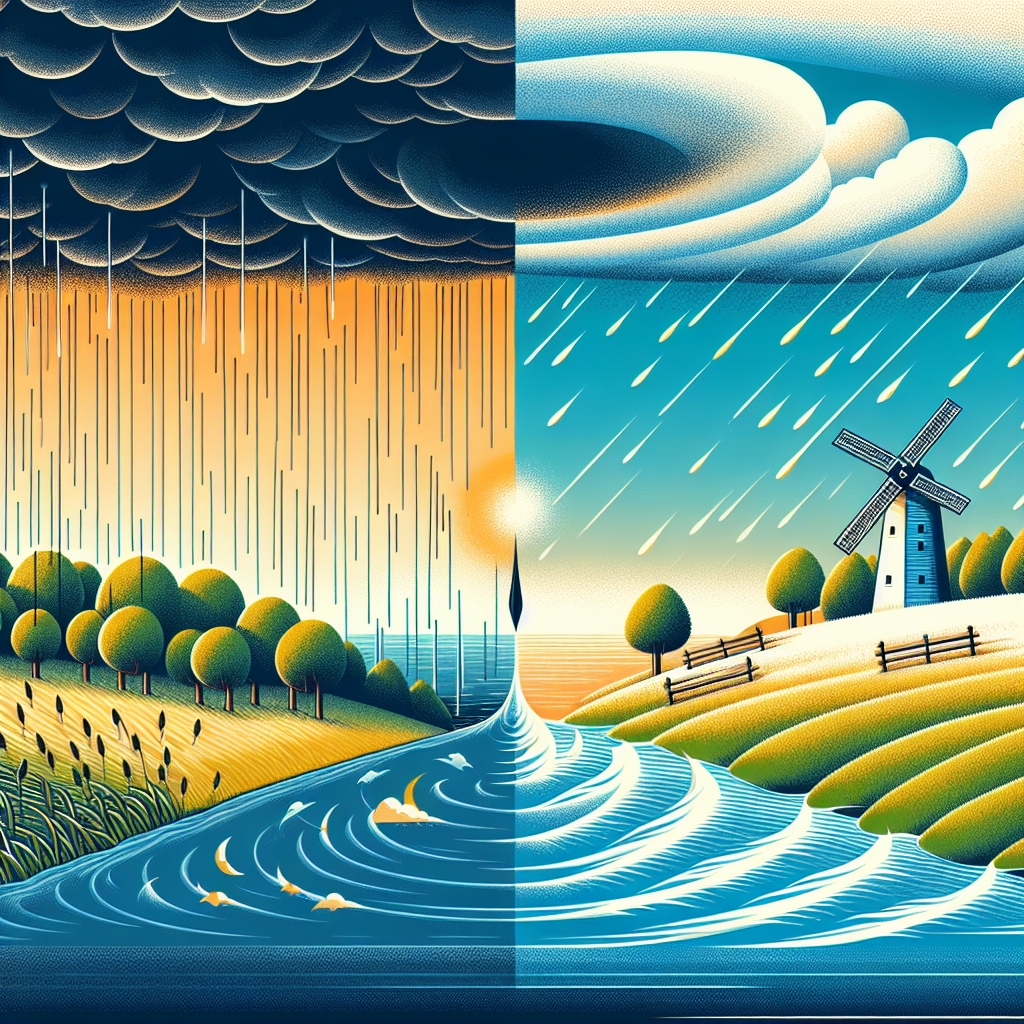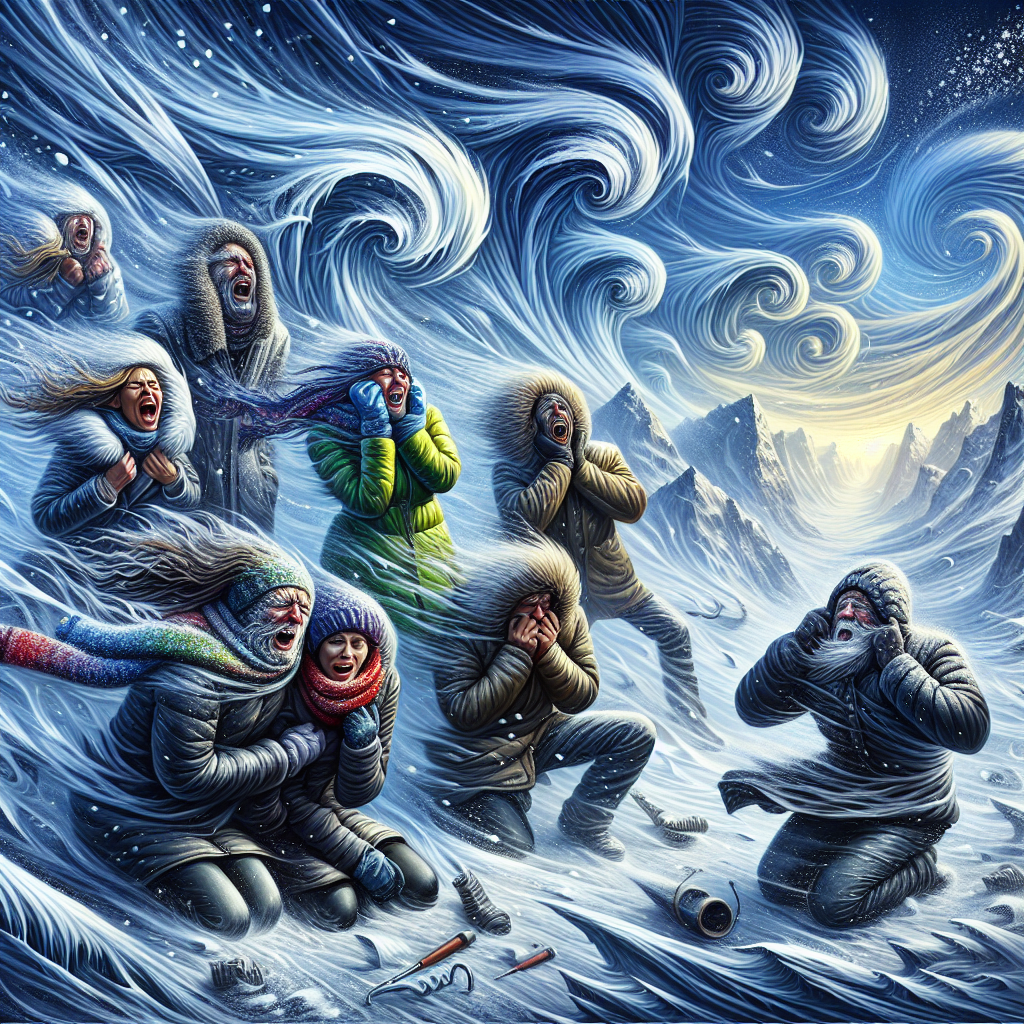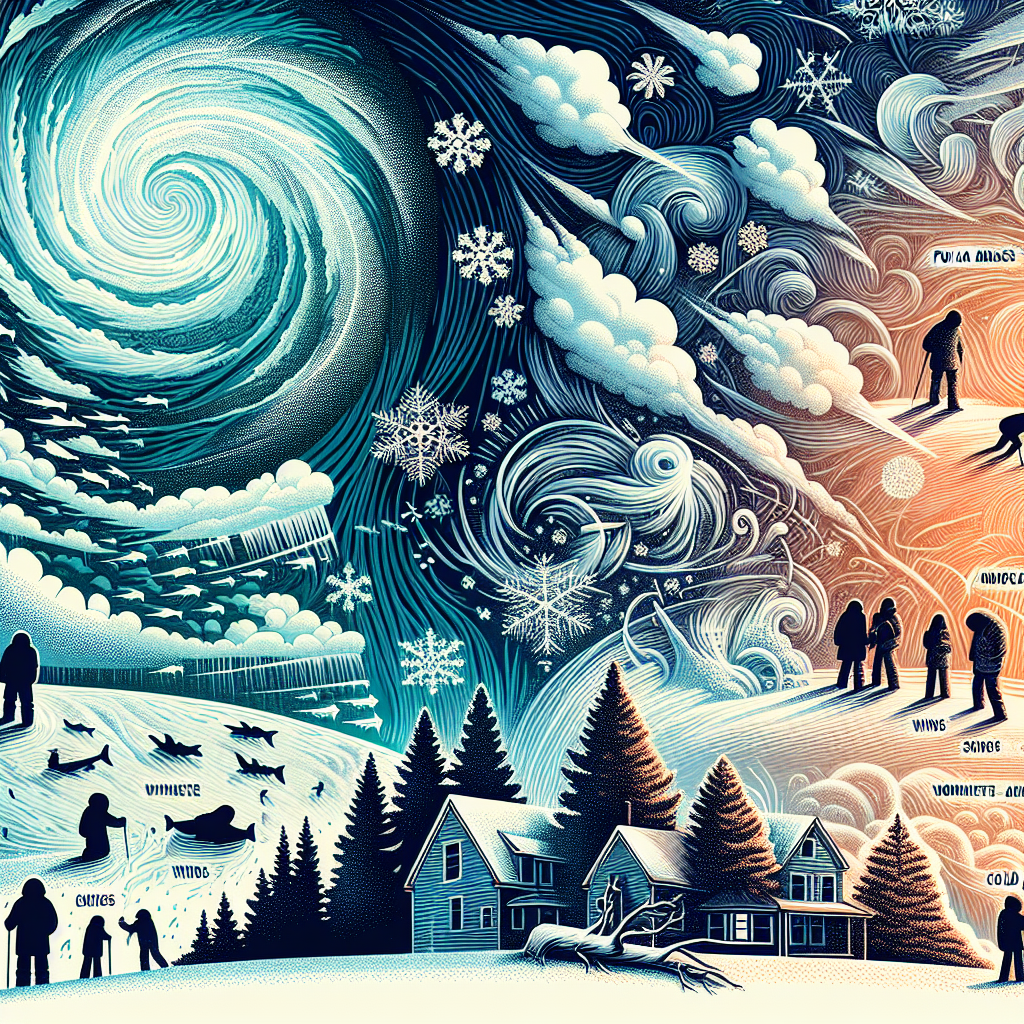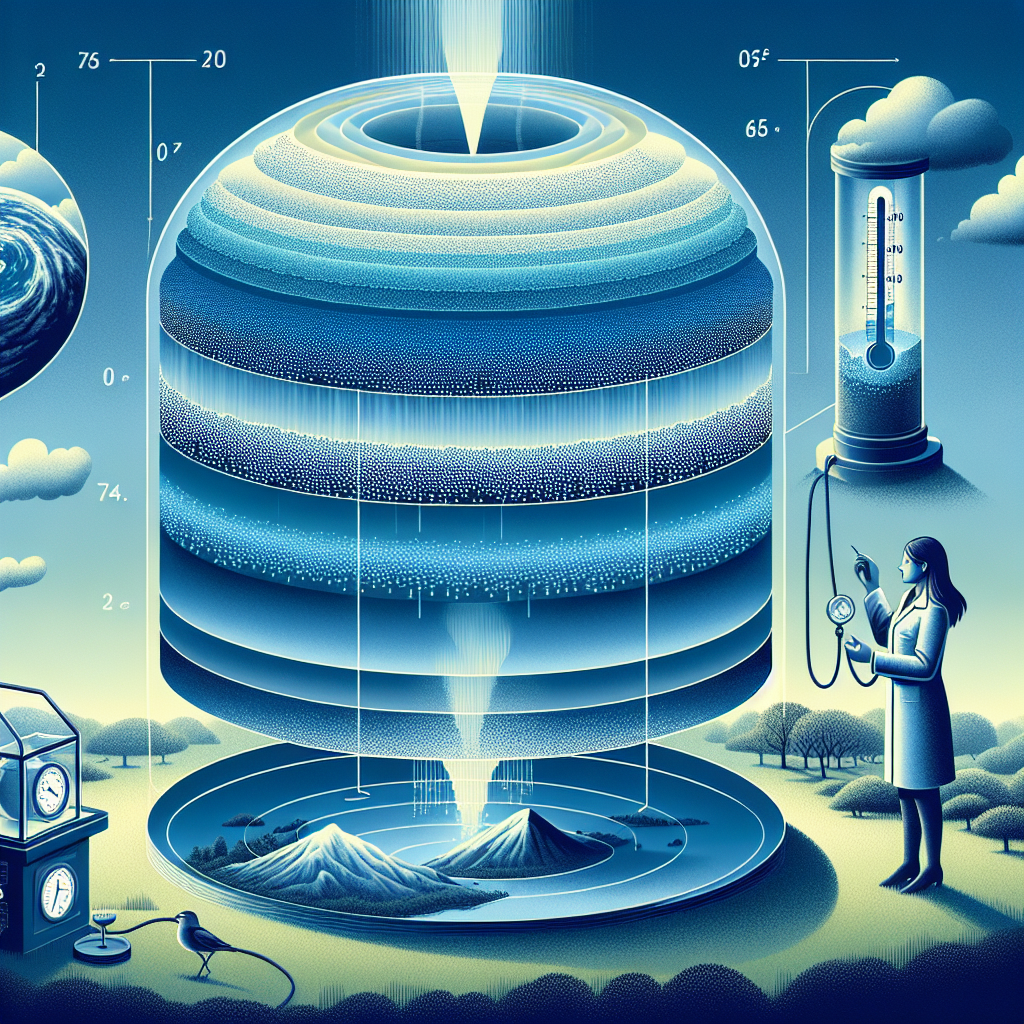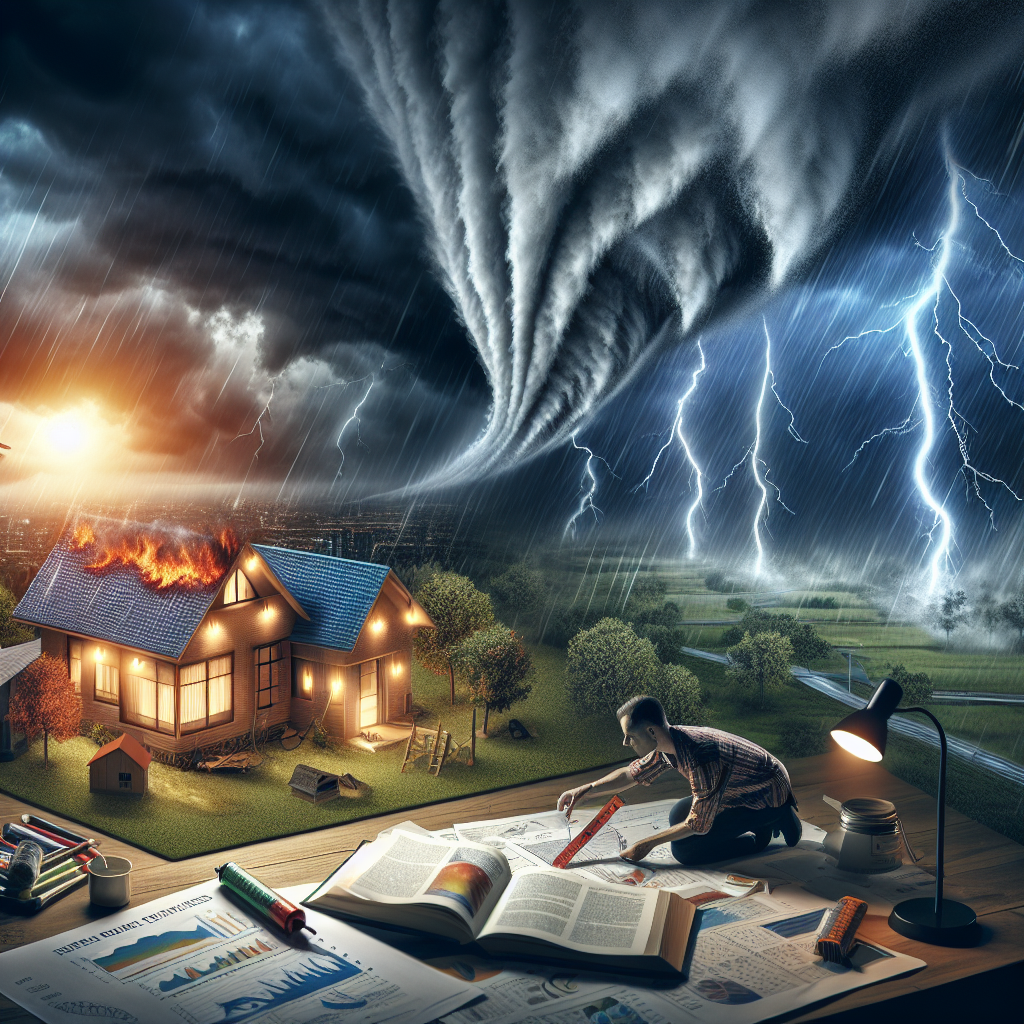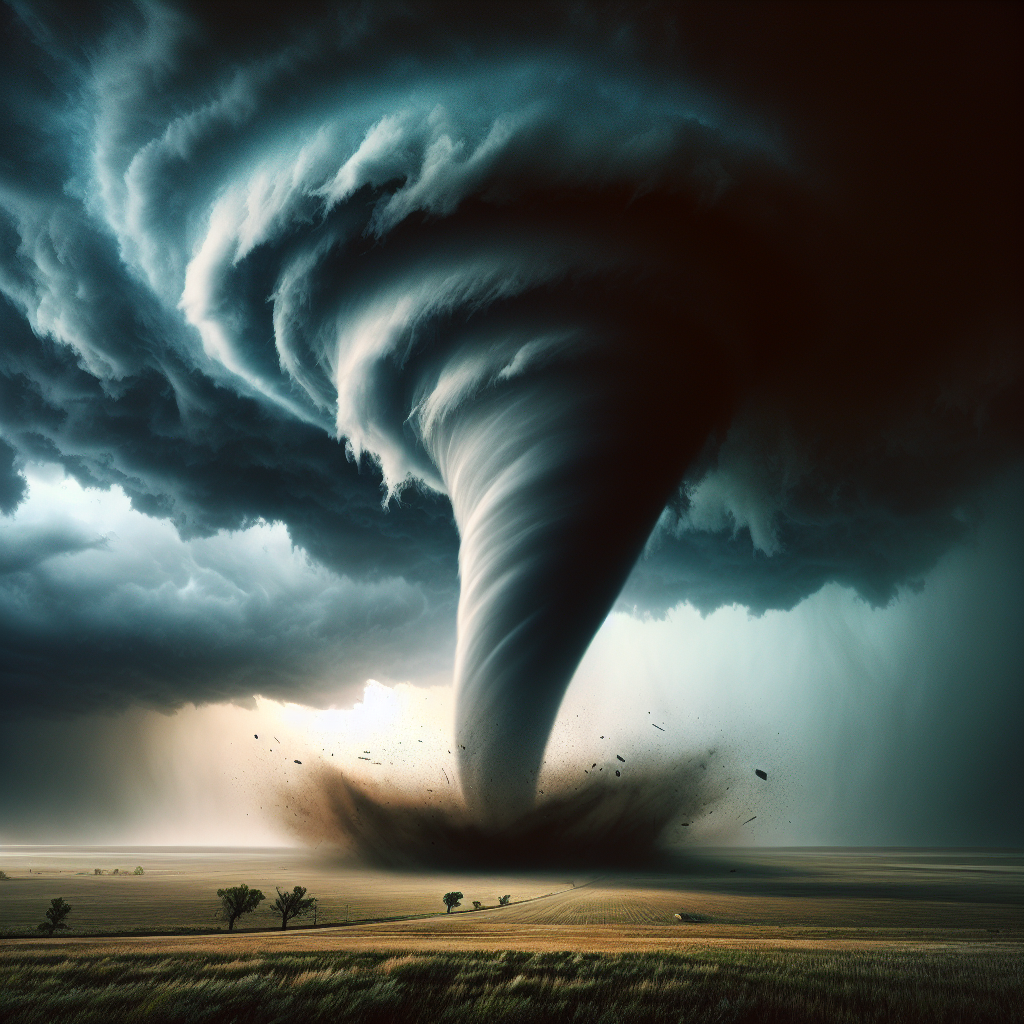Understanding Climate Change and Winter Weather Patterns
Climate change significantly impacts winter weather patterns across the globe. A warming planet alters precipitation, temperature, and storm dynamics, leading to unpredictable and extreme weather events. The implications for ecosystems, economies, and communities are profound.
Warming Temperatures and Their Effects
One of the most significant indicators of climate change is the increase in average global temperatures. According to the National Oceanic and Atmospheric Administration (NOAA), temperatures have risen approximately 1.2 degrees Celsius since the late 19th century. During winter, milder temperatures can lead to a variety of phenomena:
Reduced Snowfall: Warmer temperatures mean less snow and more rain in regions that typically expect heavy snow. For instance, the Sierra Nevada mountain range has seen a decline in snowpack, crucial for water supply in California.
Changes in Snowmelt Timing: Earlier snowmelt can lead to mismatched timing between water availability and agricultural needs. This discrepancy can severely affect crop production and water management strategies in several regions.
Altered Precipitation Patterns
Climate change alters how and when precipitation falls, which has significant consequences for winter weather:
Increased Rainfall: Warmer air holds more moisture, potentially leading to increased rainfall. In many cases, once-frequent snowstorms are now resulting in rain events, leading to insufficient snow accumulation.
Enhanced Storm Intensity: Warmer ocean temperatures fuel more powerful storms. The Gulf Stream, a critical component of ocean circulation, is affected by climate change, which can intensify winter storms known as nor’easters in the northeastern United States.
The Role of Arctic Amplification
Arctic regions are warming 2 to 3 times faster than the global average due to feedback loops that trap heat. This phenomenon, known as Arctic amplification, plays a pivotal role in changing winter weather patterns:
Disrupted Polar Vortex: The polar vortex, a band of strong winds circling the Arctic, can weaken due to the warming of polar regions. When the polar vortex is disrupted, frigid Arctic air can spill southward, resulting in extreme cold events across North America and Europe.
More Extreme Weather Events: The shift in polar conditions leads to an increase in cold spells and milder winters interspersed with sudden cold snaps, resulting in highly variable winter weather.
Regional Variability in Winter Weather
The effects of climate change on winter weather patterns are not uniform. Different regions experience diverse impacts:
Northeast United States: Winters have become milder, with less snowfall, resulting in a decrease in winter sports activities. Simultaneously, some years have witnessed record-breaking snowfalls due to warmer, more moisture-laden air causing intense precipitation events.
Northwestern United States: The region sees less snowpack and increased rain, leading to faster snowmelt and potential flooding during spring. The Cascade and Sierra Mountain ranges face challenges associated with water resource management due to these shifts.
Northern Europe: Countries like Sweden and Norway experience milder winters with decreased snow coverage, affecting traditional activities such as ice fishing and winter tourism. Wet, unsettled weather has become more common, leading to ecosystem disruptions.
Impacts on Ecosystems and Wildlife
The alteration of winter weather patterns due to climate change significantly affects ecosystems:
Wildlife Adaptation and Migration: Many species depend on winter conditions for breeding and survival. As these conditions change, animals may struggle to adapt. Species that thrive in colder climates, such as polar bears and Arctic foxes, face habitat loss and increased competition for resources.
Plant Phenology Changes: Changes in winter weather patterns can lead to earlier spring thaws and altered flowering times for plants. This shift may disrupt local pollination cycles and reduce biodiversity, affecting entire ecosystems.
Socioeconomic Consequences
The consequences of changing winter weather are not limited to the environment; they extend to economics and human activities:
Increased Heating Costs: Milder winters can initially appear beneficial; however, they can lead to unexpected spikes in heating costs during sporadic cold snaps, stressing energy resources.
Impact on Agriculture: Farmers face unpredictable growing seasons as climate change disrupts traditional planting and harvesting schedules. Winter crops may suffer from less chilling hours needed for growth, impacting yield and quality.
Tourism Industry Strain: Regions reliant on winter tourism, such as ski resorts, face challenges from decreased snowfall and warmer temperatures. Many resorts are investing in artificial snow-making, which increases energy consumption and operational costs.
The Importance of Adaptation Strategies
As winter weather patterns continue to change due to climate change, communities and ecosystems must adapt:
Sustainable Water Management Practices: Regions should invest in technologies and infrastructure that can manage changing water supply and storage needs.
Ecosystem Restoration Projects: Restoring habitats can improve resilience against changing weather patterns, helping both wildlife and plant species adapt to new conditions.
Education and Awareness Campaigns: Informing communities about the impacts of climate change on winter weather can empower individuals and organizations to take action through conservation efforts and adaptive measures.
Conclusion
Understanding the relationship between climate change and winter weather patterns is crucial in today’s world. This knowledge not only informs policy decisions but also helps communities prepare for an uncertain future. While the challenges are significant, awareness and proactive strategies can mitigate the impacts of changing winter weather, preserving ecosystems and human livelihoods alike.


